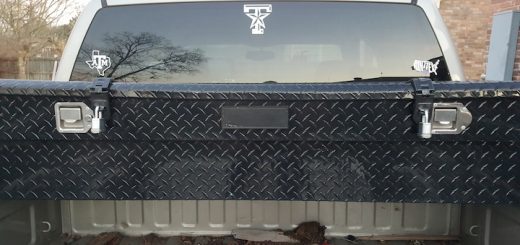Benefits of Heat Wraps, How They Work and How to Use Them
The number one reason for vehicle components getting damaged or completely ruined is heat. This is especially true for the moving and electronic parts. Under your car’s hood is the engine – the heart and soul of your vehicle, which generates the most heat out of all parts. The majority of the heat goes through the exhaust system before it leaves your vehicle and goes into the atmosphere.
However, the engine also releases radiant heat that can damage the nearby components, which is why many people wrap as many parts of the engine and exhaust system with heat wrap. Not only does this prevent damage, but it also increases performance. This is due to the fact that your engine needs cool, dense air for the combustion process to be optimal and to produce more energy.
How Heat Wrap Works
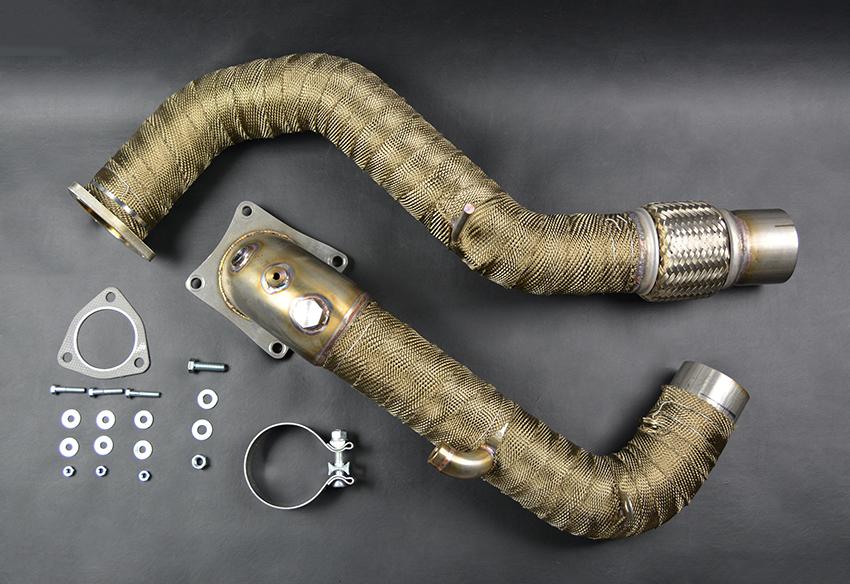
source: ultimate-racing.com
The heat wrap is used to insulate your exhaust headers or manifolds, ensuring the heat stays inside the exhaust, reducing the radiant heat that heats up the cool air coming in the engine and kills components. This also ensures the heat moves out of the exhaust system much faster. The heat wrap works similar to coating, containing the heat inside the tubes of the exhaust. Exhaust wraps can be made of a few different materials, the most popular being fibreglass, titanium combined with proprietary materials. Wrapping your headers with exhaust heat wrap can lower the temperature under the hood by as much as 50%. For every degree that the temperature is lowered, engine performance is increased, resulting in serious performance gains.
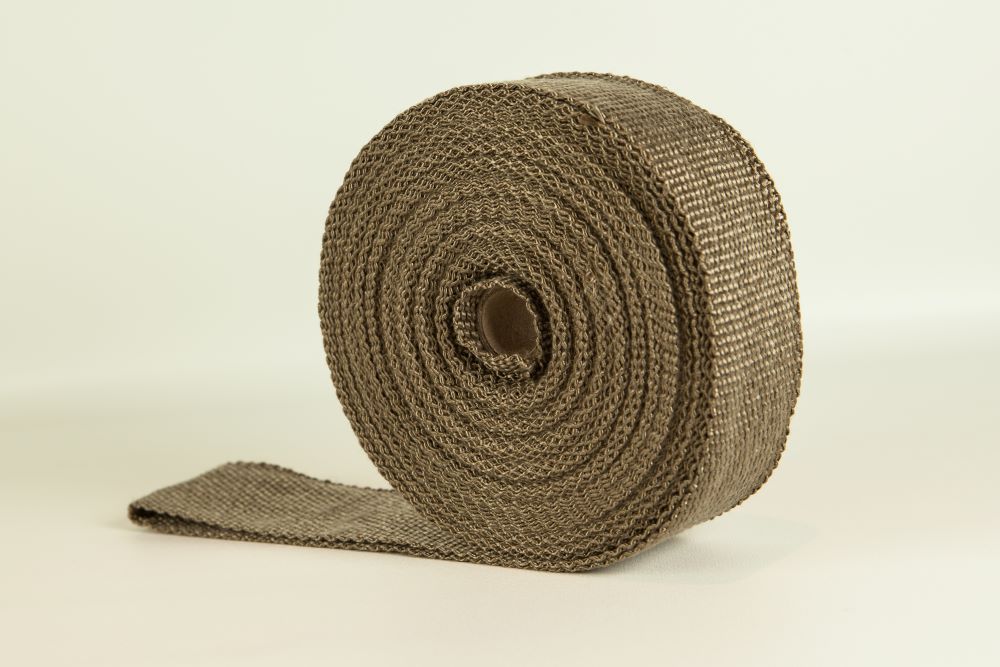
source: vapor-racing.com
Furthermore, the exhaust wrap improves the thermodynamics of the exhaust gasses. Hot gasses move faster than cool gasses, and since wrapping your headers helps keep the heat inside the exhaust system, the harmful exhaust gasses remain hotter, leaving the exhaust system faster. As a result, the engine draws more air and fuel inside the combustion chamber. This is also known as scavenging and the better the scavenging of gasses is, the better performance you get.
Installing Heat Wrap
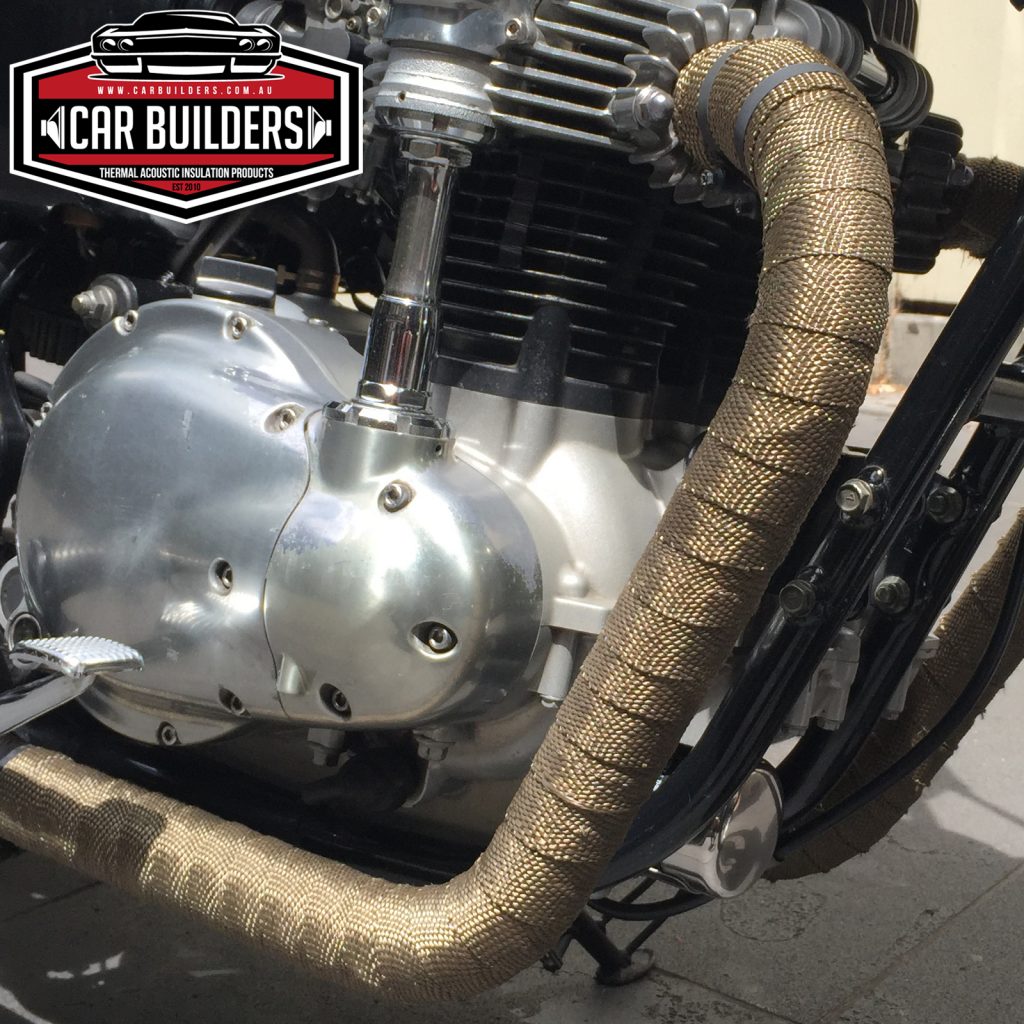
source: www.carbuilders.com.au
Installing heat wraps can be difficult, especially in some locations like tight bends. There are a few tips you can use to make this easier. Wrapping the first piece is usually most difficult, then it gets easier as you keep going. Most exhaust wrap products loosen when you apply a little bit of water. You can soak the entire wrap in water and squeeze it, or just use a squirt bottle. This will help the wrap stick to itself better. After it dries, it will hold its shape better as well. Installing heat wrap on the pipes is easy, but doing so on the headers/manifolds is more difficult, and you might need an extra pair of hands.
The intersecting pipes and tight bends make wrapping headers tricky, so you’ll need someone to hold the headers while you stretch the wrap around them. Additionally, you can’t wrap a header using a single piece of heat wrap. You’ll need to wrap each small tube and then wrap the large tube to ensure the wrap is over all small pipes. For that reason, you should use tape to keep the wrap secure until you wrap everything you need. Of course, you’ll have to remove the tape before completing the wrap.
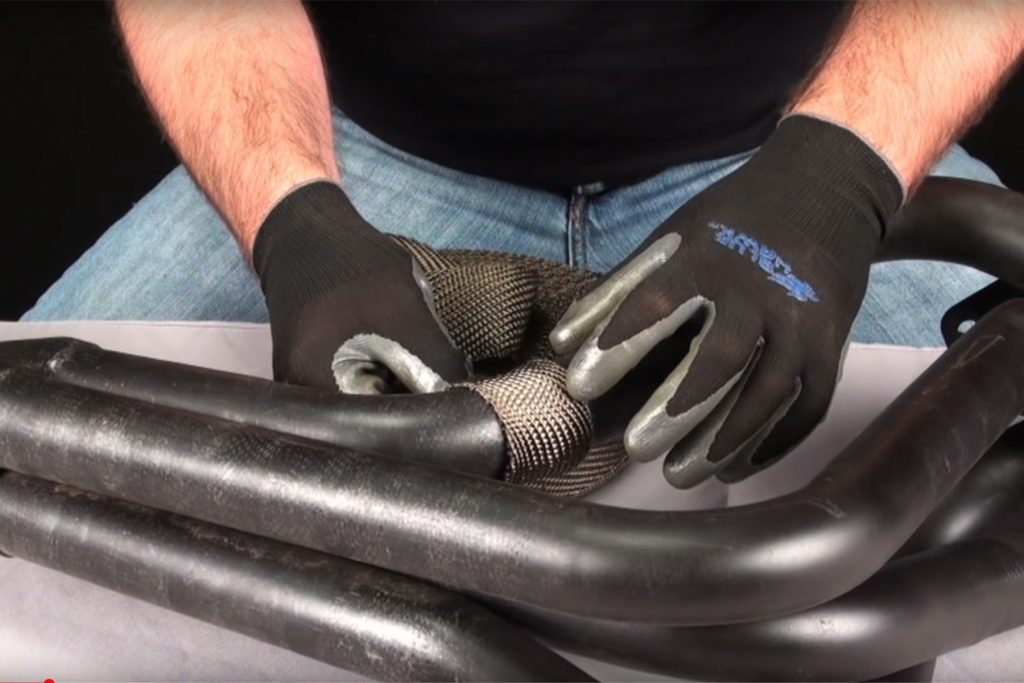
source: chevyhardcore.com
You’ll also need stainless steel ties to secure the exhaust wrap. These ties can be quite expensive, and once you secure them, you can’t remove them. That being said, you should practice wrapping the first header before you continue on to the second one. Only after you have everything down to a T should you use the stainless steel ties to secure it. As you keep wrapping, you’ll get better at it. But keep in mind that the heat wrap will add to the thickness of the exhaust system, so if your vehicle has tight clearances, you should check the fit of the parts before wrapping and securing them. Sometimes, you may need to do some re-wrapping to get the right clearance. A good wrap requires a decent 1/2-width overwrap to minimise buildup and provide plenty of coverage.
Conclusion
Installing a heat wrap pipe can be very beneficial to the performance and longevity of your vehicle, especially the engine and the surrounding parts that are exposed to the radiant heat of the engine the most. The best heat wrap for you will depend on your budget, but any titanium or fibreglass wrap would be great. Heat wraps made from these materials are better at absorbing heat, and they perform well at extreme temperatures. Installing heat wrap yourself is relatively easy, as long as you have some basic knowledge of your vehicle. If you don’t think you can take on the task yourself, you can always refer to an experienced mechanic and let them do it for you. Either way, you should definitely consider wrapping your exhaust headers if you’re driving a high-performance car, or just want to protect your car from damage that’s a result of extreme heat.







![AFX Sauber F1 C44 Stake No24 Slot Car [22092]](https://www.availableonline.com.au/wp-content/uploads/2025/06/6ccd9e30-c6fa-4910-9081-5fcc3ba80b04__60843-520x245.jpg)
